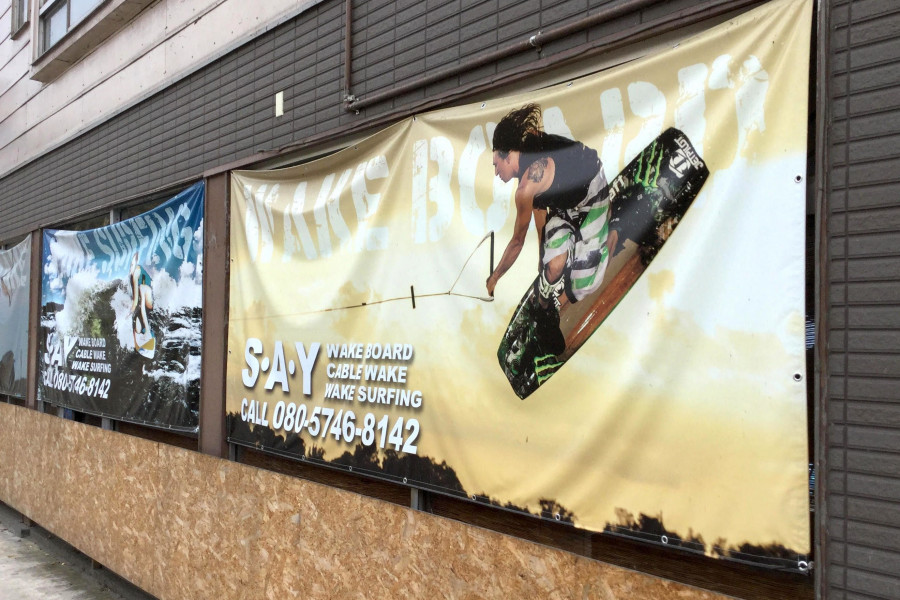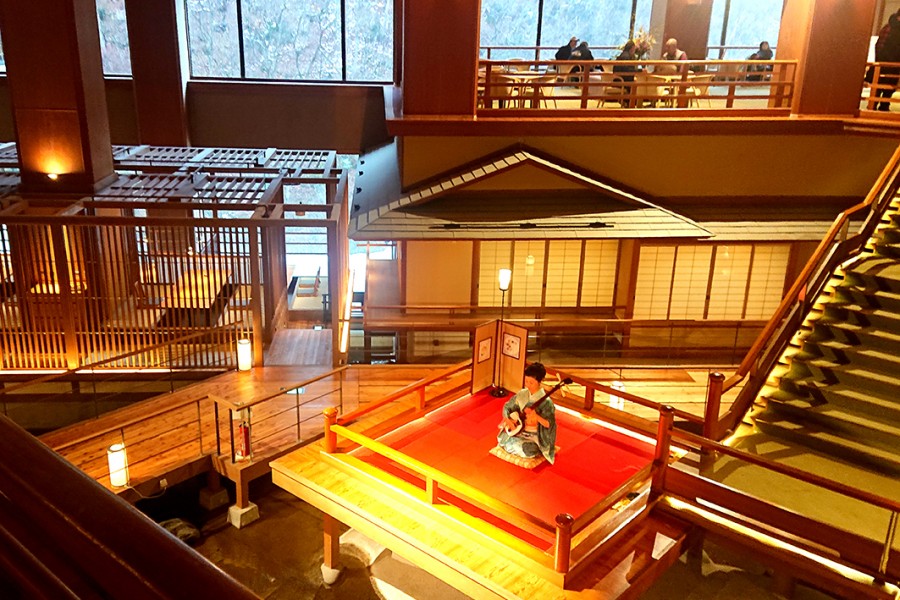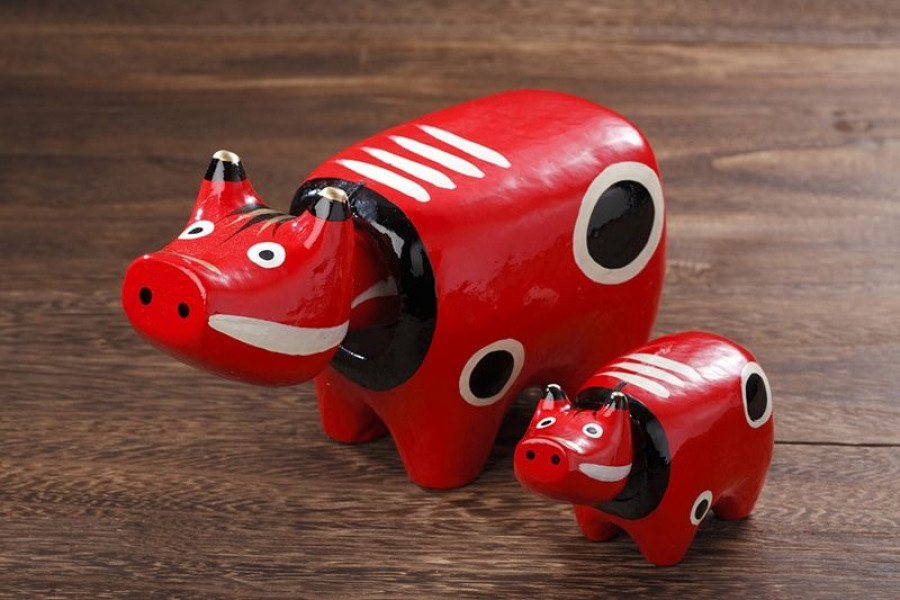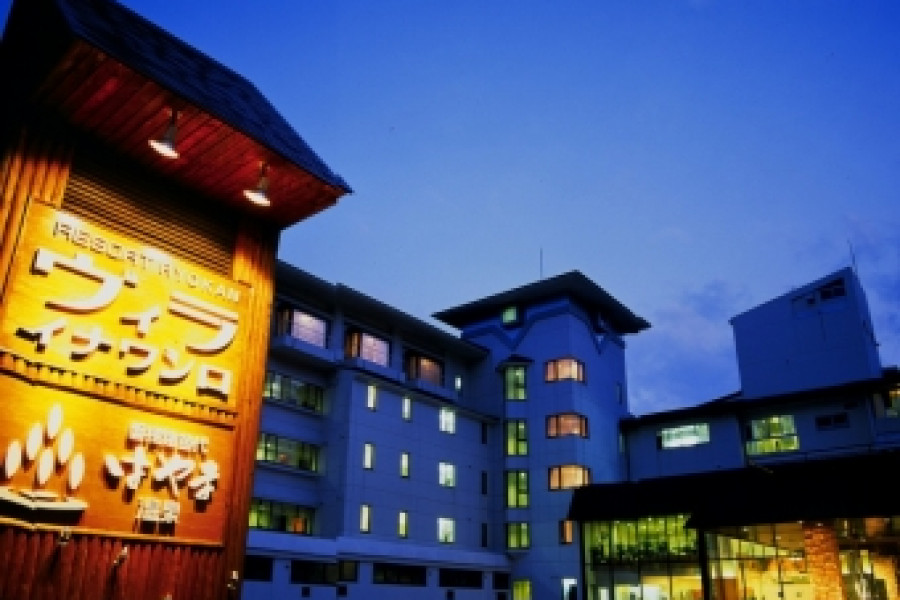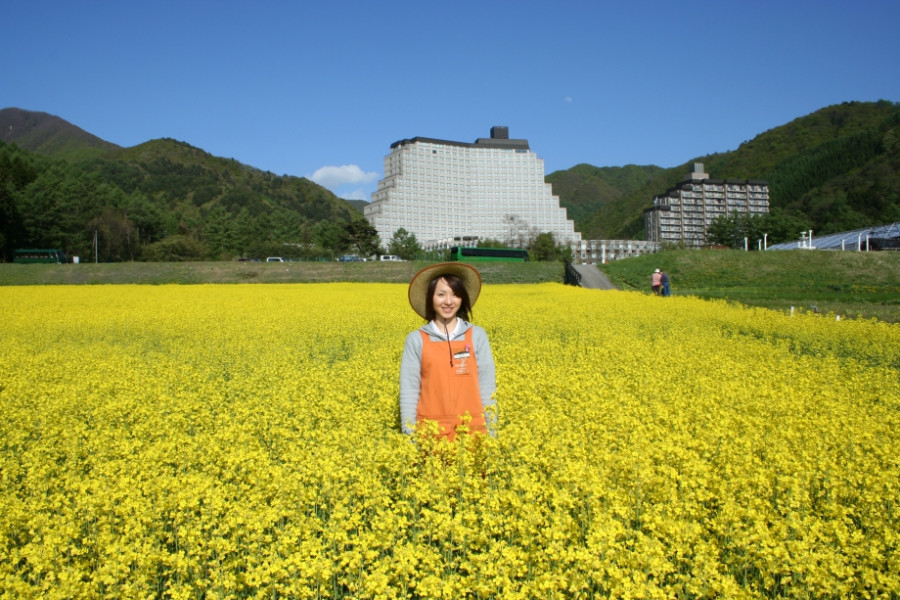Ookawaso is located in the Ashinomaki Onsen resort nestled along the beautiful valley of Okawa River.
As you step into this inn, you will be welcomed by a live performance on the shamisen, a traditional Japanese stringed instrument.
Attentive service is provided by female attendants (called nakai-san) dressed in kimono, which is another of the charms of this old-fashioned Japanese inn.
For dinner, you can enjoy a Japanese-style set menu rich in locally produced ingredients.
The open-air hot spring facility Shiki Butai Tanada consists of multi-level baths set up like terraced rice fields overlooking the valley. Here you can enjoy basking amid the beautiful nature of the valley.
Ookawaso also has large baths and lie-down saunas, both of which are perfect for relaxing and soothing the body. Another open-air bath Kuchu Roten Buro looks similar to the famous stage of Kiyomizu Temple in Kyoto and commands a magnificent view.
After enjoying dinner and hot spring bathing, guests can experience a mochi (rice cake) pounding event, which is a typically Japanese traditional communal activity.
When the pounding is completed, freshly-made mochi will be served to the participants on the spot. Please enjoy to the full everything that a Japanese-style hot spring resort hotel has to offer.
